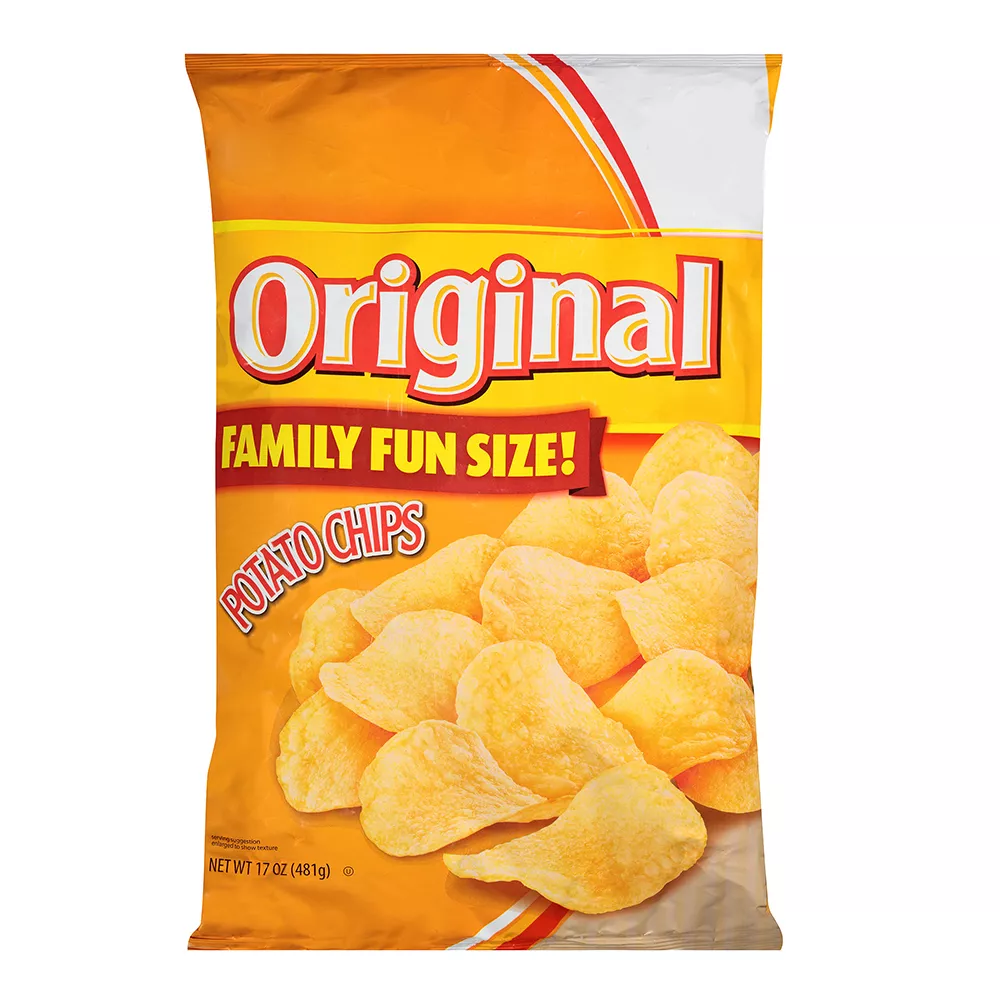Source: Link Testing Instruments co.,Ltd.

Why do puffed foods become soft in packaging?
Cause Analysis:
(1) Packaging materials
• Poor barrier property - the penetration of water vapor from the outside of the package into the interior is relatively high, especially in high temperature and high humidity environments, the gas permeability of the packaging material will be higher.
• Poor rubbing resistance——for the composite film made of aluminum (aluminum foil or aluminized film), if the rubbing resistance is poor, creases, pins and needles are prone to appear during the transportation and sales of finished product packaging after packaging vegetables. Pores and other problems cause the barrier property of the package to decrease, that is, the water vapor transmission rate increases.
(2) Finished product packaging process
• Poor airtightness - the bag body or the heat-sealed part is prone to air leakage under certain pressure or long-term storage, especially the sealing quality of the heat-sealed part is poor, such as the heat-seal strength is too low or too high, the heat-seal If the strength is uneven, air leakage is more likely to occur.
Expert advice:
——Pay attention to the monitoring of main performances such as heat seal strength, water vapor transmission rate, water vapor transmission rate after kneading, and sealing performance (negative pressure method) of the package.
——Adjust heat-sealing machine parameters to improve heat-sealing quality; choose to add high-barrier, rub-resistant packaging materials or improve the quality of existing packaging materials.
Typical quality cases:
——Testing sample: the plastic composite film used in the packaging of potato chips (the customer reported that the product will return to moisture after a period of storage).
——Targeted testing items: water vapor transmission rate, sealing performance (negative pressure method).
——Test results: In the sealing performance (negative pressure method) test, the finished package did not leak air at -90KPa, which is a product with better sealing performance; the water vapor transmission rate of the packaging bag is 16.004 g/(m2•24h) , higher than the average of similar high-quality products on the market. Therefore, the poor barrier property of the packaging bag is an important reason for the softening of the product.
When puffed food packaging materials enter the factory, which properties of the packaging materials should we focus on?
(1) Barrier property
• Oxygen and water vapor barrier properties in the environment—Verified by the two tests of oxygen transmission rate and water vapor transmission rate, to prevent the package material from being crisp due to the large gas transmission rate and poor barrier property.
• Flex durability resistance——for aluminum-containing composite films (such as aluminized film, aluminum foil, etc.), the oxygen transmission rate test before and after rubbing is used to compare and verify. If the rubbing resistance is poor, phenomena such as pinholes cause a decrease in the barrier properties of the packaging material.
• The barrier property of nitrogen in the package (nitrogen-filled package)—verified by the nitrogen gas permeation test to prevent the poor barrier property of the packaging material to the internal gas (that is, the large permeation rate), which will cause the nitrogen gas filled in the nitrogen-filled package to concentration reduction.
(2) Physical and mechanical properties
• Uniformity of thickness - verified by testing the thickness of the package, the uniformity of thickness is the basis for ensuring good performance of the packaging material.
• Slipperiness—Verified by the friction coefficient test to prevent the packaging materials used for puffed foods such as potato chips from being difficult to unwind or slip due to excessive or small friction coefficients.
• Flexibility——Verified by the two tests of tensile strength, elongation, elastic modulus, and pendulum impact energy, it can prevent the bag from breaking due to the high brittleness of the packaging material.
(3) Hygienic performance
• Residual amount of organic solvents—Verified by solvent residual test. If the residual amount of solvents is too much, the packaging film will have an odor, and the residual solvents will easily migrate to the packaged puffed food such as potato chips, resulting in odors in the food and affecting consumers health.
What standards can be referred to for puffed food flexible packaging?
(1) GB/T 10004-2008 "Plastic Composite Films and Bags Dry Lamination and Extrusion Lamination for Packaging": Applicable to plastic and plastic composite films and bags for food and non-food packaging, but not applicable to plastic materials and paper Packaging films and bags made of base or aluminum foil, and are also not suitable for wet compounding and plastic films and bags made directly by co-extrusion compounding process.
(2) GB/T 21302-2007 "General Rules for Composite Films and Bags for Packaging": applicable to composite films and bags for food and non-food packaging (except pharmaceutical packaging). This standard stipulates the classification, requirements, test methods, etc. of composite films and bags for packaging made of different materials and different composite methods, but does not specify the index value of each test item.
(3) GB/T 28118-2011 "Plastic and Aluminum Foil Composite Films and Bags for Food Packaging": Applicable to plastic and aluminum foil composite films with a total thickness of less than 0.25mm and a service temperature below 70°C for food Films and bags for packaging.
(4) QB/T 1871-1993 "Biaxially Oriented Nylon (BOPA) / Low Density Polyethylene (LDPE) Composite Films and Bags": applicable to biaxially oriented nylon (BOPA), low density polyethylene (LDPE) resin Or film, through extrusion compounding or dry compounding to make composite film and bag. Mainly used for vacuuming, inflation, freezing, low-temperature sterilization packaging and general packaging films and bags.
(5) BB/T 0030-2004 "Aluminized Film for Packaging": suitable for plastic films based on biaxially oriented polyester (BOPET), biaxially oriented polypropylene (BOPP), and cast polypropylene (CPP) , Aluminum-coated films produced by vacuum evaporation, namely VMPET, VMBOPP (VMOPP), VMCPP.
(6) GB 9683-1988 "Hygienic Standards for Composite Food Packaging Bags": Applicable to food packaging bags made of paper, plastic film or aluminum foil with a composite adhesive (polyurethane or modified polypropylene). Including retort bags and ordinary composite bags.
For more details please visit www.linktesting.org